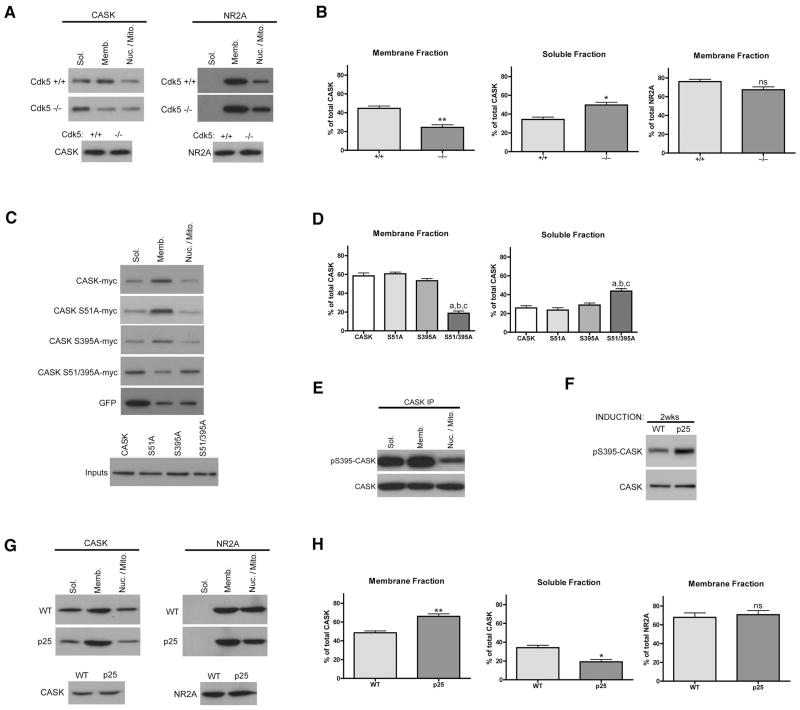Figure 2. Cdk5-dependent phosphorylation mediates membrane association of CASK.
(a) Wild-type or littermate Cdk5 deficient E17 brains were subjected to subcellular fractionation. Soluble (Sol.), membrane (Memb.) and nuclear/mitochondrial (Nuc./Mito.) fractions are indicated. (b) Relative amounts of CASK or NR2A in each fraction were determined by densitometry and totaled. Student’s t-test was used and n=3. ** indicates p=0.0059, * indicates p=0.0162 and ns means not significant. (c) CAD cells cotransfected with Cdk5, p35 and indicated construct were differentiated and fractionated. (d) Relative amounts of myc-tagged CASK in each fraction were determined by densitometry and analyzed by One-Way ANOVA. For membrane fraction a: S51/395A vs CASK, p<0.001; b: S51/395A vs S51A, p<0.001; c: S51/395A vs S395A, p<0.001. For soluble fraction a: S51/395A vs CASK, p<0.01; b: S51/395A vs S51A, p<0.01; c: S51/395A vs S395A, p<0.01. (e) E17 brains were fractionated and equalized for CASK levels by overloading non-membrane fractions prior to IP. (f) RIPA lysates from 2 week induced (6–7 weeks old) p25 transgenic mice or wild-type littermates were subjected to IP. (g) Forebrains of two week induced p25 transgenic mice or wild-type littermates were fractionated. (h) Percentages of CASK or NR2A in membrane or soluble fractions for wild-type and p25 trangenic mice were analyzed by Student’s t-test. ** indicates p=0.0063, * indicates p=0.0129, and ns means not significant.

